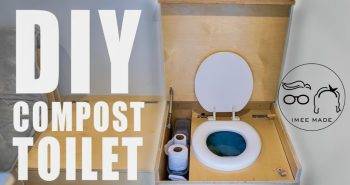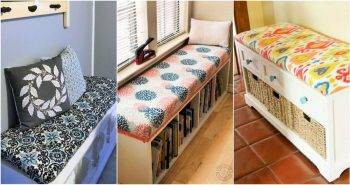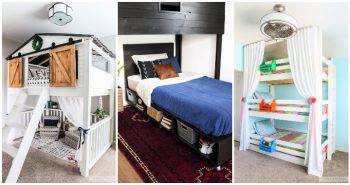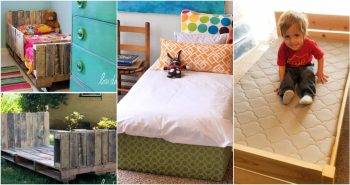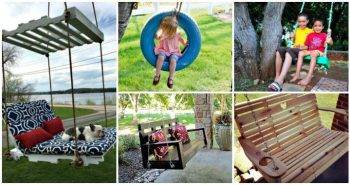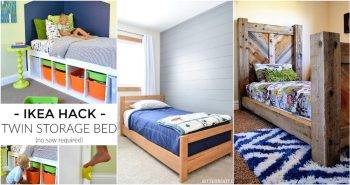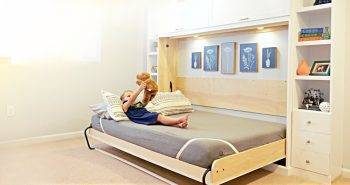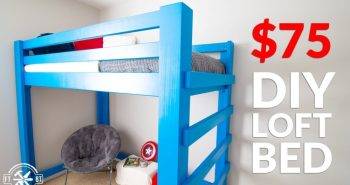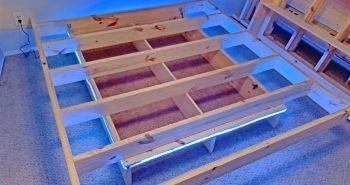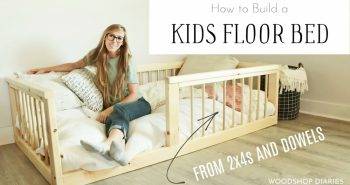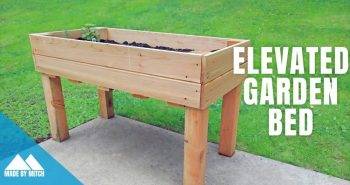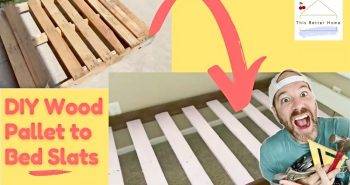When I decided to build a bed in the back seat of my truck, I never thought it would turn into a project that not only tested my DIY skills but also ended up being one of the most practical modifications I've made to my vehicle. Inspired by a camping trip with my friend Matt, where we slept in his truck, I realized the convenience and simplicity of having a bed in my own truck. Here's a detailed guide on how I did it, with insights and practical advice to help anyone looking to embark on a similar project.
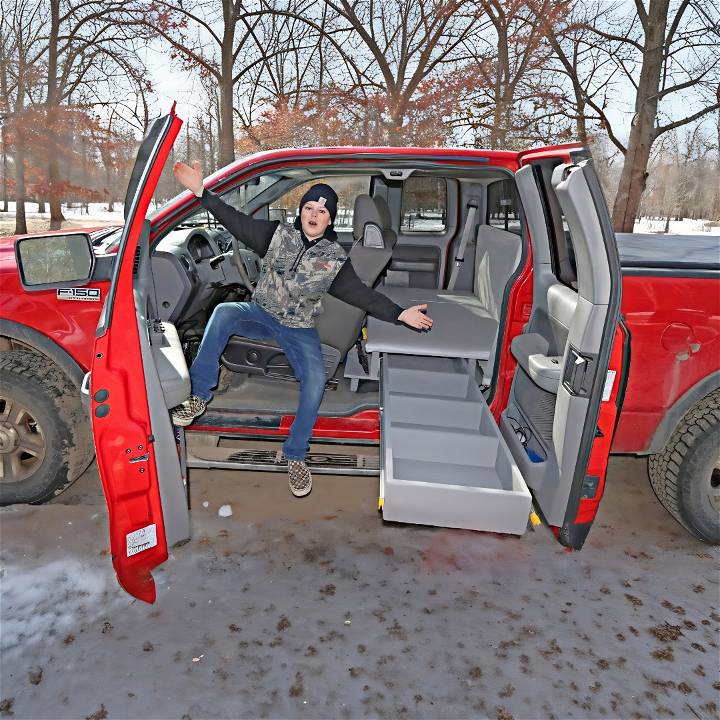
Materials Needed and Their Purpose
- Plywood and 2x4s: These formed the base and frame of my bed. It's important to choose sturdy materials since this is the foundation of your bed.
- Carpet: Used to cover the plywood, making it more comfortable and giving it a finished look.
- Paint: To protect the wood and add a personalized touch to your bed frame.
- Drawer Slides (Sliders): These are essential for making a storage drawer underneath the bed, making space more functional.
- Seat Belt Mounts: Unconventional but practical for securing the bed frame to the truck securely.
Step by Step Instructions
Learn how to make your own DIY back seat bed with our step by step instructions. Perfect for road trips and camping adventures.
Step 1: Designing the Frame
The first step was designing the frame. I measured the back seat of my truck to ensure the bed would fit perfectly. Using plywood and 2x4s, I constructed a simple box frame. The aim was to build a sturdy platform that could support my weight and possibly another person.
Step 2: Assembling the Frame
With my dad's assistance (shout-out to him for the help), we assembled the frame in his workshop. It's crucial to have an extra set of hands during this step, not just for the assembly but for the moral support and the shared experience, making the project more enjoyable.
Step 3: Installing the Carpet
Once the frame was assembled, we covered it with carpet. The carpet served two purposes: it made the bed more comfortable and protected the truck's interior from scratches. Tip: When choosing a carpet, select one that's durable and easy to clean.
Step 4: Painting
We decided to paint the visible parts of the plywood to give it a clean, finished look. This step is optional, but it adds a personal touch to your project. Remember to use paint suitable for wood and let it dry completely before moving to the next step.
Step 5: Adding the Storage Drawer
The most challenging part was installing the drawer slides for the storage drawer. These slides allowed the drawer to open and close smoothly. We mounted the slides underneath the bed frame, ensuring they were parallel to each other to avoid any issues with the drawer's movement. This storage space proved invaluable for keeping camping gear organized and accessible.
Step 6: Securing the Bed to the Truck
Safety is paramount. To secure the bed frame, we utilized the truck's existing seat belt mounts. By doing so, we ensured the bed wouldn't shift while driving. This step highlights the importance of integrating the bed securely with the vehicle's existing safety features.
Maximizing Space in Your Back Seat Bed
Making a comfortable back seat bed involves more than just slapping together some cushions. To truly optimize your space, consider the following strategies:
1. Modular Design for Flexibility
Design your back seat bed as a modular system. This approach allows you to adapt the bed to different scenarios. For instance:
- Foldable Components: Use foldable sections that can transform from a bed to seating during the day. Foldable legs or hinges can make this transition seamless.
- Removable Layers: Consider layers that can be added or removed based on your needs. A thinner layer for everyday use and a thicker layer for longer trips, perhaps.
- Adjustable Backrests: Incorporate adjustable backrests that can be positioned for sitting up or reclining. This flexibility ensures comfort whether you're reading, napping, or just enjoying the view.
2. Storage Solutions
Space is precious, especially in a compact car. Here's how to make the most of it:
- Under-Bed Storage: Utilize the area beneath the bed. Install pull-out drawers or bins to store bedding, clothes, or travel essentials.
- Side Pockets: Sew or attach pockets to the sides of your back seat bed. These pockets can hold small items like books, water bottles, or charging cables.
- Overhead Storage: If your car has overhead handles or compartments, use them wisely. Store lightweight items like pillows or a sleep mask there.
3. Multi-Functional Accessories
Choose accessories that serve dual purposes:
- Pillows with Hidden Pockets: Invest in pillows with built-in pockets. These pockets can hold your phone, earphones, or even snacks.
- Convertible Blankets: Opt for blankets that double as capes or shawls. They keep you warm during chilly nights and can be worn outside the car.
- Seatbelt Cushions: Attach soft cushions to seatbelts. They provide comfort during long drives and can be used as neck pillows when you're ready to rest.
4. Lightweight Materials
Remember that weight matters, especially if you're frequently assembling and disassembling your back seat bed. Choose lightweight materials for your cushions, frames, and accessories. Foam-based mattresses are often lighter than traditional spring mattresses.
5. Visual Appeal
Lastly, aesthetics matter. Coordinate colors, patterns, and textures to build a visually pleasing space. Bright colors can make the area feel more open, while darker tones add coziness.
Your back seat bed is your personal oasis during road trips. Make it functional, comfortable, and uniquely yours!
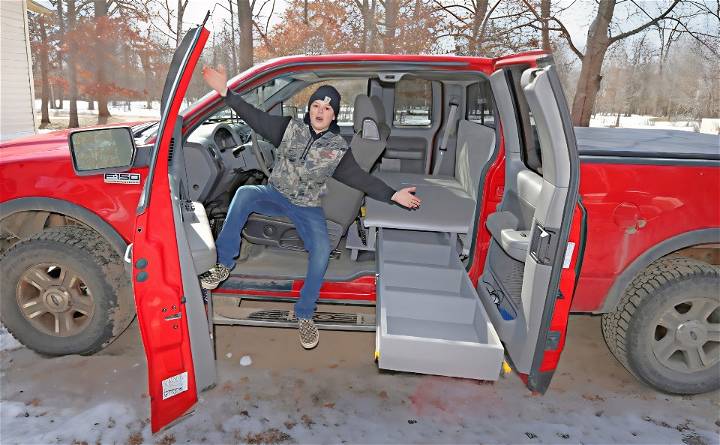
FAQs About DIY Back Seat Bed
Discover all you need to know about DIY back seat beds! Get answers to FAQs on making a comfortable and convenient sleeping space in your car.
1. What Is a Back Seat Bed, and Why Would I Need One?
A back seat bed is a clever solution for turning your car's rear seat into a comfortable resting area. Whether you're embarking on a road trip, camping adventure, or just need a quick nap during a long drive, a back seat bed provides a cozy spot to relax. It's especially handy for travelers who want to save money on accommodation or enjoy the freedom of sleeping wherever their journey takes them.
2. How Can I Build a Back Seat Bed?
Making a back seat bed is surprisingly straightforward. Here are the basic steps:
- Measure Your Back Seat: Assess the dimensions of your car's back seat to determine the bed's size.
- Choose Materials: Opt for high-density foam or an inflatable mattress as the base. Cover it with a soft fabric or waterproof material.
- Foldable Design: Consider foldable sections or modular components for flexibility.
- Safety Straps: Install safety straps to secure the bed during travel.
- Storage Solutions: Add under-bed storage or side pockets for convenience.
3. Can I Use My Back Seat Bed While Driving?
No, it's essential to prioritize safety. The back seat bed should only be used when the car is stationary. While driving, secure the bed or fold it away to prevent accidents.
4. What About Hygiene and Maintenance?
- Regular Cleaning: Vacuum or shake out the bed to remove dust and debris.
- Washable Covers: Use removable, washable covers to keep your back seat bed fresh.
- Air It Out: Whenever possible, let the bed air out to prevent odors.
5. Will It Fit in Any Car?
Most sedans, hatchbacks, and SUVs can accommodate a back seat bed. However, larger vehicles provide more space. Measure your specific car's back seat dimensions before building the bed.
6. Can I Customize the Design?
Absolutely! Get creative:
- Color Palette: Choose colors that match your car's interior.
- Accessories: Add pillows, blankets, and even a mini reading light.
- Privacy Curtains: Sew or attach curtains for privacy during rest stops.
Remember, your DIY back seat bed is all about comfort and convenience. Tailor it to your preferences and enjoy a cozy ride!
Final Thoughts
The project was a significant undertaking, but the functional and practical benefits of having a bed in the back seat of my truck have been well worth the effort. Not only does it make camping more straightforward, but it also adds a unique feature to my vehicle that always sparks interest and conversation.
Whether you're an avid camper, a fishing enthusiast like myself, or someone who enjoys road trips, consider this project as a way to enhance your adventures. Remember to customize the design based on your needs and preferences, and most importantly, enjoy the process.


